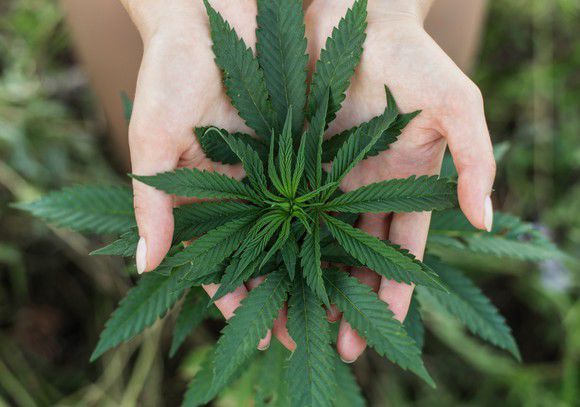Canada, under its new and progressive prime minister, Justin Trudeau, is moving to legalize cannabis throughout the country. It’s not the first to do so – think Uruguay, and effectively so in Colombia, Spain, The Netherlands and other countries. But Canada is our neighbor, fellow ex-British colony and very North American in nature. Its approach could go a long way in shaping and reforming how the U.S. handles its own marijuana policy.
In preparation for legalization, the Canadian government turned, as it often does, to The Centre for Addictions and Mental Health, a leading health authority in Toronto. Last month, it published “Canada’s Lower-Risk Cannabis Use Guidelines,” which provide 10 recommendations to its own citizens, and to others who might benefit from legalized pot there.
As the title suggests, the guidelines are meant to reduce risk, but they do not portray cannabis as evil, a popular misrepresentation in the U.S., or require interdiction against drug production, or police and correctional approaches to controlling use. They do not exhort the dangers of marijuana, a tactic well known in this country, which has proven useless in deterring its use (and can backfire with adolescents). The guidelines even remark that Canada has “among the highest” use rates of cannabis in the world.
The guidelines acknowledge from the start that use of cannabis is common, especially among young people – a statement of fact and a reality we can barely face in the U.S. They go on to state that there are “well-documented risks from cannabis use to both immediate and long-term health,” which include “cognitive, psychomotor and memory impairments; hallucinations and impaired perception; impaired driving and injuries (including fatalities)” and other issues. The guidelines suggest a mature, adult approach to these risks, holding that people can make decisions as to how they might modify the inherent risks to cannabis ingestion. The Canadians liken risk reduction to strategies in place for drinking, nutrition and sexual behaviors.
Potency matters. The third and fourth recommendations are crucial, and need attention in every country. The third has two points: First, that preparations today are considerably more potent than what I smoked in college, and thus more apt to mess with brain functions. Second, be aware that another ingredient in cannabis – cannabidiol, a neuroprotective against adverse psychic effects from cannabis – can be bred out but should not be.
The fourth recommendation is an all-out warning, akin to what we are trying to deliver here in the states: Synthetic, cheaper marijuana-like drugs, like K2 and “spice,” are extremely toxic, no doubt about it. Steer clear if you want to not only avoid psychotic symptoms but also if you prefer to continue breathing. (Recent reports indicate respiratory arrest after ingestion of some of the newer compounds.)
Against smoke. Smoking anything is bad for the lungs; the same applies to cannabis. The fifth recommendation suggests using a vaporizer or taking edibles, though the evidence about this approach is minimal at this time. Recommendation Six warns against “deep-inhalation,” namely, inhaling as if you just surfaced from three minutes underwater.
Identify the risk. Recommendation Nine highlights “special-risk populations,” which include people with a known predisposition to or with a family history of serious mental illness or a substance use disorder, as well as pregnant women. These people are at greater risk of adverse effects while using marijuana. This recommendation deserves underlining.
Know your arithmetic. If a person combines risks, the risks are greater, as outlined in Recommendation 10. Beware of piling on risks because they are apt to augment one another and more likely to do damage, and get to you in ways that will harm you and interfere with a good life.
The tone of the Canadian statement about cannabis is not shrill, histrionic or heavy-handed. The evidence used to marshal their recommendations is science-based and full of common sense. Their approach is to aim high in terms of how people can take responsibility for themselves and others. We in the U.S. should take a listen; plenty of our youth and adults use weed, in all its forms, in regular patterns of use, and we surely seem headed in the legalization direction – or at least widespread decriminalization.
credit:usnews.com













